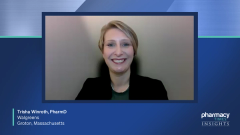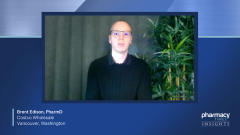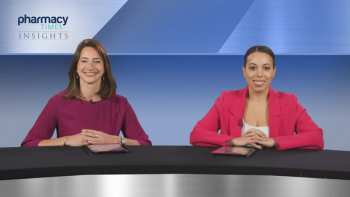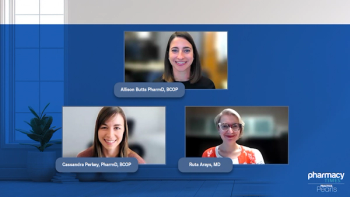
Main Takeaways for Pharmacists
An expert discusses how improving shingles vaccination rates relies on patient education; effective use of technology like EHRs to identify eligible individuals; and persistent, multichannel communication by pharmacists to encourage vaccination and address barriers such as cost and awareness.
Episodes in this series

Improving shingles vaccination rates largely depends on educating patients about the disease and the benefits of the vaccine. Many patients are unaware of what shingles is, how it affects them, and why they should get vaccinated. Clear communication about eligibility and effectiveness is essential. For example, the vaccine is about 97% effective for people aged 50 to 70 years and around 91% effective for those over 70. It also significantly reduces the risk of postherpetic neuralgia, a painful complication. Patients who have had shingles before should also be informed that the vaccine can protect them from future occurrences. Providing educational materials and multiple points of contact helps patients understand their risks and encourages them to consider vaccination.
Technology plays a crucial role in supporting pharmacists and health care providers in identifying eligible patients and making timely recommendations. Electronic health records (EHRs) can be set to flag patients based on age and underlying health conditions, making it easier to identify those who would benefit from vaccination. When automated systems are not available, manually reviewing patient profiles and creating reminders can still be effective. Pharmacists, seen as trusted health care professionals in their communities, have an important role in making strong recommendations. Consistent encouragement and follow-up can motivate patients to accept the vaccine, especially when cost concerns are addressed and patients are reassured about coverage options.
Persistence and ongoing communication are vital to bridging the gap in vaccine uptake. Patients may not respond to a recommendation on the first attempt, especially during busy or stressful times. However, repeated outreach—whether through in-person conversations, phone calls, texts, or emails—can help ensure patients remain informed and consider vaccination over time. By combining education, technology, and persistent follow-up, health care providers can significantly improve shingles vaccination rates and help protect more people from this preventable illness.
Newsletter
Stay informed on drug updates, treatment guidelines, and pharmacy practice trends—subscribe to Pharmacy Times for weekly clinical insights.





















































































































































































































